Pertussis, also known as whooping cough or 100 day cough, is a highly contagious bacterial disease. Initially symptoms are usually similar to those of the common cold with a runny nose, fever, and mild cough. This is then followed by weeks of severe coughing fits. Following a fit of coughing a high-pitched whoop sound or gasp may occur as the person breathes in. The coughing may last for more than a hundred days or ten weeks. A person may cough so hard they vomit, break ribs, or become very tired from the effort. Children less than one year old may have little or no cough and instead have periods where they do not breathe. The period of time between infection and the onset of symptoms is usually seven to ten days. Disease may occur in those who have been vaccinated but symptoms are typically milder.
Pertussis is caused by the bacteria Bordetella pertussis. It is an airborne disease which spreads easily through the coughs and sneezes of an infected person. People are infectious to others from the start of symptoms until about three weeks into the coughing fits. Those treated with antibiotics are no longer infectious after five days. Diagnosis is by collecting a sample from the back of the nose and throat. This sample can then be tested by either culture or by polymerase chain reaction.
Prevention is mainly by vaccination with the pertussis vaccine. Initial immunization is recommended between six and eight weeks of age with four doses to be given in the first two years of life. The vaccine becomes less effective over time with additional doses often recommended among older children and adults. Antibiotics may be used to prevent the disease among those who have been exposed and are at risk of severe disease. In those with the disease antibiotics are useful if started within three weeks of the initial symptoms but otherwise have little effect in most people. In children less than one year old and among those who are pregnant they are recommended within six weeks of symptom onset. Antibiotics used include erythromycin, azithromycin, or trimethoprim/sulfamethoxazole. Evidence to support the effectiveness of medications for the cough is poor. Many children less than a year of age require hospitalization.
It is estimated that pertussis affects 16 million people worldwide a year. Most cases occur in the developing world and people of all ages may be affected. In 2013 it resulted in 61,000 deaths - down from 138,000 deaths in 1990. Nearly 2% of infected children less than a year of age die. Outbreaks of the disease were first described in the 16th century. The bacteria that causes the infection was discovered in 1906. The vaccine became available in the 1940s.
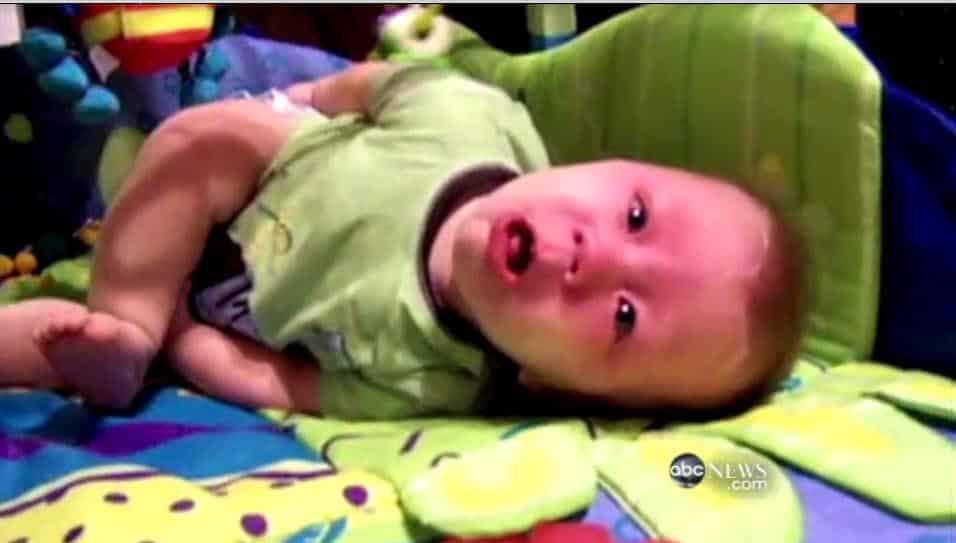
Signs and symptoms
The classic symptoms of pertussis are a paroxysmal cough, inspiratory whoop and fainting or vomiting after coughing. The cough from pertussis has been documented to cause subconjunctival hemorrhages, rib fractures, urinary incontinence, hernias, and vertebral artery dissection. Violent coughing can cause the pleura to rupture, leading to a pneumothorax. Vomiting after a coughing spell or an inspiratory whooping sound on coughing, almost doubles the likelihood that the illness is pertussis. On the other hand, the absence of a paroxysmal cough or posttussive emesis makes it almost half as likely.
The incubation period is typically seven to ten days with a range of four to 21 days and rarely as long as 42 days, after which there are usually mild respiratory symptoms, mild coughing, sneezing, or runny nose. This is known as the catarrhal stage. After one to two weeks, the coughing classically develops into uncontrollable fits, each with five to ten forceful coughs, followed by a high-pitched "whoop" sound in younger children, or a gasping sound in older children, as the person tries to inhale (paroxysmal stage).
Fits can occur on their own or can be triggered by yawning, stretching, laughing, eating, or yelling; they usually occur in groups, with multiple episodes on an hourly basis throughout the day. This stage usually lasts two to eight weeks, or sometimes longer. A gradual transition then occurs to the convalescent stage, which usually lasts one to two weeks. This stage is marked by a decrease in paroxysms of coughing, both in frequency and severity, and a cessation of vomiting. A tendency to produce the "whooping" sound after coughing may remain for a considerable period after the disease itself has cleared up.
Natural Treatment For Whooping Cough Video
Diagnosis
A complete blood count is usually ordered. Lymphocytosis is a diagnostic clue for pertussis, although not specific.
Methods used in laboratory diagnosis include culturing of nasopharyngeal swabs on Bordet-Gengou medium, polymerase chain reaction (PCR), direct immunofluorescence (DFA), and serological methods. The bacteria can be recovered from the person only during the first three weeks of illness, rendering culturing and DFA useless after this period, although PCR may have some limited usefulness for an additional three weeks.
For most adults and adolescents, who often do not seek medical care until several weeks into their illness, serology may be used to determine whether antibody against pertussis toxin or another component of B. pertussis is present at high levels in the blood of the person. By this stage they have been contagious for some weeks and may have spread the infection to many people. Because of this, adults, who are not in great danger from pertussis, are increasingly being encouraged to be vaccinated.
A similar, milder disease is caused by B. parapertussis.

Prevention
The primary method of prevention for pertussis is vaccination. There is insufficient evidence to determine the effectiveness of antibiotics in those who have been exposed but are without symptoms. Preventative antibiotics, however, are still frequently used in those who have been exposed and are at high risk of severe disease (such as infants).
Vaccine
Pertussis vaccines are effective and are recommended for routine use by the World Health Organization and the Center for Disease Control and Prevention. The vaccine saved over an estimated half a million lives in 2002.
The multi-component acellular pertussis vaccine is 71-85% effective with greater effectiveness for more severe strains. Despite widespread vaccination, however, pertussis has persisted in vaccinated populations and is today "one of the most common vaccine-preventable diseases in Western countries". The twenty-first century resurgences in pertussis infections are attributed to a combination of waning immunity and bacterial mutations that elude vaccines.
Immunization does not confer lifelong immunity; a 2011 CDC study indicated that protection may only last three to six years. This covers childhood, which is the time of greatest exposure and greatest risk of death from pertussis.
Infection induces incomplete natural immunity that wanes over time. Natural immunity lasts longer than vaccine-induced immunity, with one study reporting maximum effectiveness as long as 20 years in the former and 12 in the latter. Vaccination exemption laws appear to increase cases.

Management
The antibiotic erythromycin or azithromycin are typically the recommended treatment. Newer macrolides are frequently recommended due to lower rates of side effects. Trimethoprim-sulfamethoxazole (TMP-SMZ) may be used in those with allergies to first-line agents or in infants who have a risk of pyloric stenosis from macrolides.
A reasonable guideline is to treat people age >1 year within 3 weeks of cough onset and infants age <1 year and pregnant women within 6 weeks of cough onset. If the person is diagnosed late, antibiotics will not alter the course of the illness and, even without antibiotics, they should no longer be spreading pertussis. Antibiotics when used early decrease the duration of infectiousness and thus prevent spread. Short term antibiotics (azithromycin for 3-5 days) are as effective as long-term treatment (erythromycin 10-14 days) in eliminating B. pertussis with less side effects.
People with pertussis are infectious from the beginning of the catarrhal stage (runny nose, sneezing, low-grade fever, symptoms of the common cold) through the third week after the onset of paroxysms (multiple, rapid coughs) or until 5 days after the start of effective antimicrobial treatment.
Effective treatments of the cough associated with this condition have not been developed.

Prognosis
Common complications include pneumonia, encephalopathy, earache and seizures.
Most healthy older children and adults fully recover, however those with comorbid conditions have a higher risk of morbidity and mortality.
Infection in newborns is particularly severe. Pertussis is fatal in an estimated 1.6% of hospitalized US infants under one year of age. First year infants are also more likely to develop complications, such as: pneumonia (20%), encephalopathy (0.3%), seizures (1%), failure to thrive and death (1%)--perhaps due to the ability of the bacterium to suppress the immune system. Pertussis can cause severe paroxysm-induced cerebral hypoxia and 50% of infants admitted to hospital suffer apneas. Reported fatalities from pertussis in infants increased substantially from 1990-2010.
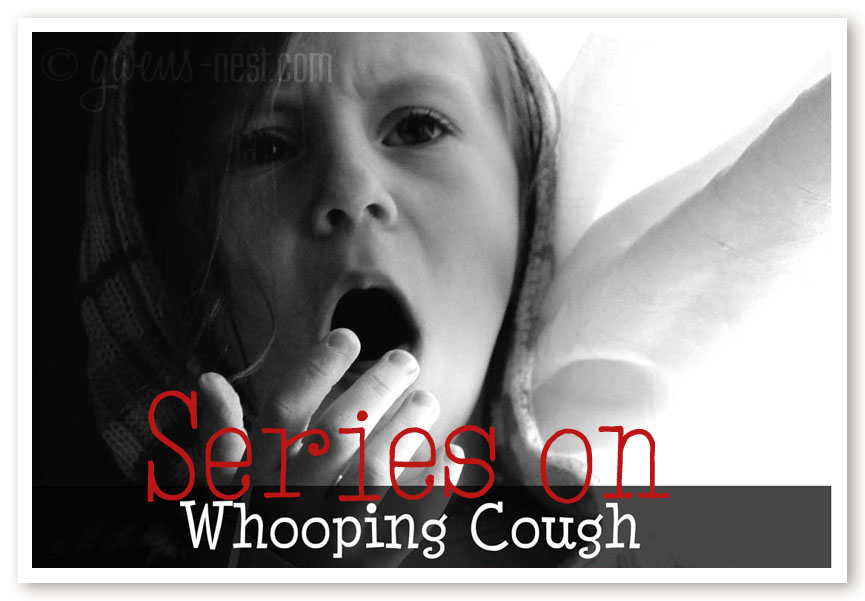
Epidemiology
Worldwide, whooping cough affects 48.5 million people yearly. In 2013 it resulted in about 61,000 deaths - down from 138,000 deaths in 1990. This is despite generally high coverage with the DTP and DTaP vaccines. Pertussis is one of the leading causes of vaccine-preventable deaths world-wide. 90% of all cases occur in developing countries.
Before vaccines, an average of 178,171 cases were reported in the U.S., with peaks reported every two to five years; more than 93% of reported cases occurred in children under 10 years of age. The actual incidence was likely much higher. After vaccinations were introduced in the 1940s, incidence fell dramatically to less than 1,000 by 1976. Incidence rates have increased since 1980. In 2012, rates in the United States reached a high of 41,880 people; this is the highest it has been since 1955 when numbers reached 62,786.
Pertussis is the only vaccine-preventable disease that is associated with increasing deaths in the U.S. The number of deaths increased from four in 1996 to 17 in 2001, almost all of which were infants under one year. In Canada, the number of pertussis infections has varied between 2,000 and 10,000 reported cases each year over the last ten years, and it's the most common vaccine preventable illness in Toronto.
Australia reports an average of 10,000 cases a year, but the number of cases has increased in recent years. In the U.S. pertussis in adults has increased significantly since about 2004.
US outbreaks
In 2010 ten infants in California died and health authorities declared an epidemic encompassing 9,120 cases. They found that doctors had failed to correctly diagnose the infants' condition during several visits. Statistical analysis identified significant overlap in communities with a cluster of nonmedical child exemptions and cases. The number of exemptions varied widely among communities but tended to be highly clustered. In some schools more than ¾ of parents filed for vaccination exemptions. The data suggest vaccine refusal based on nonmedical reasons and personal belief exacerbated the outbreak. Other factors included reduced duration of the current vaccine and that most vaccinated adults and older children had not received a booster shot.
In April and May 2012, pertussis was declared to be at epidemic levels in Washington state, with 3,308 cases. In December 2012, Vermont declared an epidemic of 522 cases. Wisconsin had the highest incidence rate, with 3,877 cases, although it did not make an official epidemic declaration.

History
Discovery
B. pertussis was discovered in 1906 by Jules Bordet and Octave Gengou, who also developed the first serology and vaccine. Efforts to develop an inactivated whole-cell vaccine began soon after B. pertussis was cultured that year. In the 1920s, Louis W. Sauer developed a weak vaccine for whooping cough at Evanston Hospital (Evanston, IL). In 1925, Danish physician Thorvald Madsen was the first to test a whole-cell vaccine on a wide scale. Madsen used the vaccine to control outbreaks in the Faroe Islands in the North Sea.
DPT
In 1942, American scientists Grace Eldering, Loney Gordon and Pearl Kendrick combined the whole-cell pertussis vaccine with diphtheria and tetanus toxoids to generate the first DTP combination vaccine. To minimize the frequent side effects caused by the pertussis component, Japanese scientist Yuji Sato developed an acellular vaccine consisting of purified haemagglutinins (HAs: filamentous strep throat and leucocytosis-promoting-factor HA), which are secreted by B. pertussis. Sato's acellular pertussis vaccine was used in Japan starting in 1981. Later versions of the acellular vaccine in other countries consisted of additional defined components of B. pertussis and were often part of the DTaP combination vaccine.
Controversy
In the 1970s and 1980s a controversy erupted related to the question of whether the whole-cell pertussis component caused permanent brain injury in rare cases, called pertussis vaccine encephalopathy. Despite this allegation, doctors recommended the vaccine due to the overwhelming public health benefit, because the claimed rate was very low (one case per 310,000 immunizations, or about 50 cases out of the 15 million immunizations each year in the United States), and the risk of death from the disease was high (pertussis killed thousands of Americans each year before the vaccine was introduced).
No studies showed a causal connection, and later studies showed no connection of any type between the DPT vaccine and permanent brain injury. The alleged vaccine-induced brain damage proved to be an unrelated condition, infantile epilepsy. In 1990, the Journal of the American Medical Association called the connection a "myth" and "nonsense".
However, before that point, criticism of the studies showing no connection and a few well-publicized anecdotal reports of permanent disability that were blamed on the DPT vaccine gave rise to 1970s anti-DPT movements. Negative publicity and fear-mongering caused the immunization rate to fall in several countries, including the UK, Sweden and Japan. A dramatic increase in the incidence of pertussis followed.
In the United States, low profit margins and an increase in vaccine-related lawsuits led many manufacturers to stop producing the DPT vaccine by the early 1980s. In 1982, the television documentary DPT: Vaccine Roulette depicted the lives of children whose severe disabilities were incorrectly blamed on the DPT vaccine by reporter Lea Thompson. The ensuing negative publicity led to many lawsuits against vaccine manufacturers. By 1985, vaccine manufacturers had difficulty obtaining liability insurance. The price of DPT vaccine skyrocketed, leading providers to curtail purchases, limiting availability. Only one manufacturer remained in the US by the end of 1985. To correct the situation, Congress in 1986 passed the National Childhood Vaccine Injury Act (NCVIA), which established a federal no-fault system to compensate victims of injury caused by mandated vaccines. The majority of claims that have been filed through the NCVIA have been related to injuries allegedly caused by the whole-cell DPT vaccine.
The concerns about side effects led Sato to introduce an even safer acellular vaccine for Japan in 1981 that was approved in the US in 1992 for use in the combination DTaP vaccine. The acellular vaccine has a rate of adverse events similar to that of a Td vaccine (a tetanus-diphtheria vaccine containing no pertussis vaccine).
The complete B. pertussis genome of 4,086,186 base pairs was sequenced in 2004.
Are You Looking for Products
Here some products related to "Pertussis".
Amazon.com : Bronchial So..
Trusted Nutrients Pure Sa..
Trusted Nutrients Pure Sa..
Trusted Nutrients Pure Sa..
Get these at Amazon.com* amzn.to is official short URL for Amazon.com, provided by Bitly
Source of the article : here
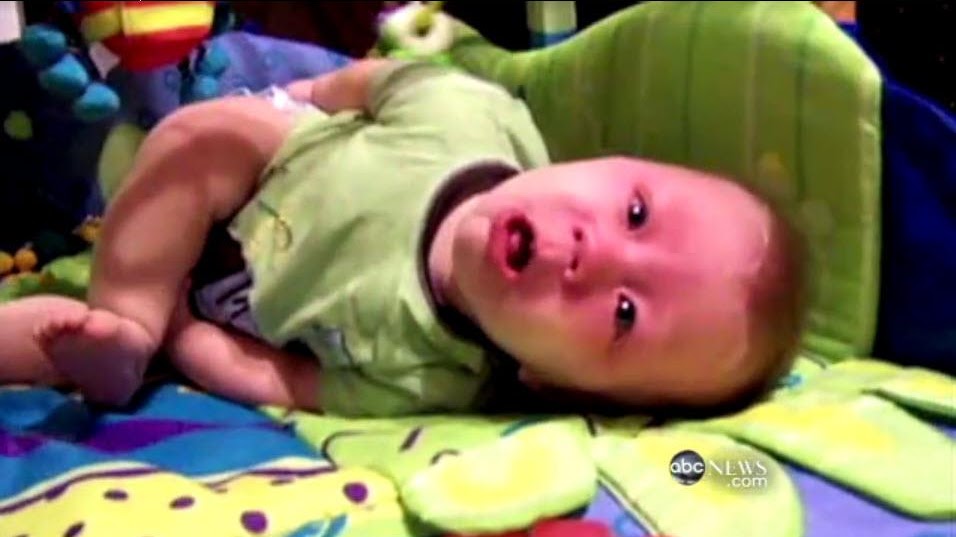

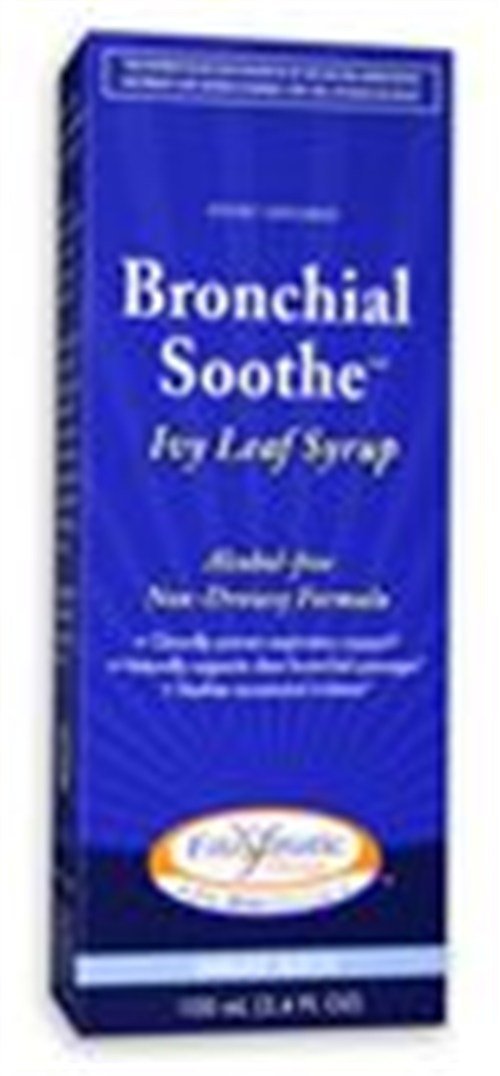
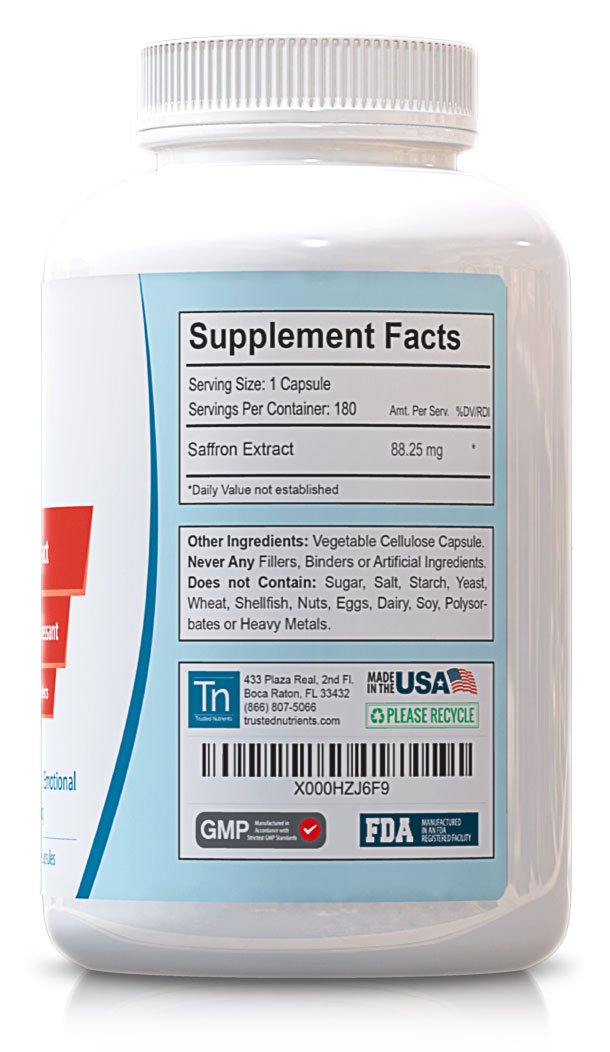

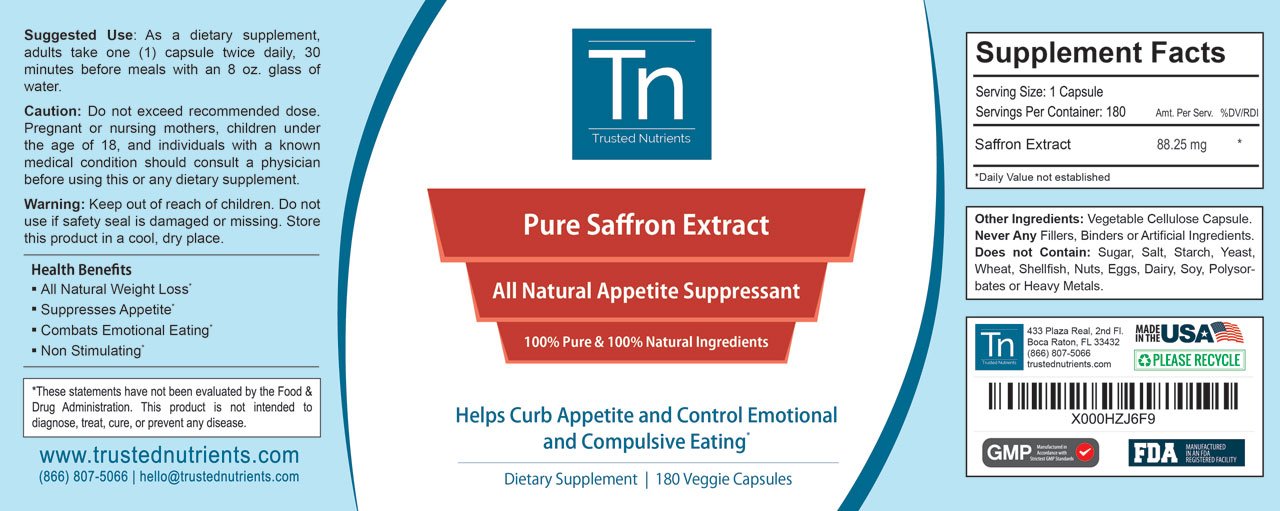
1 komentar:
How my daughter was saved from grand mal seizure.
I am not really a fan of sharing my personal private story on the internet but i decided to do this because this joy is too voluminous for me to hide. My daughter which i took over 8 years after marriage to conceive had her first seizure at age 8 and ever since then it has been from one seizure to another in school, in church, at picnics. This got me worried because she has a bright future that i do not want epilepsy to become a hindrance, i tried several doctors in Texas and none could help with an effective cure. I went on the internet and saw testimonies about a treatment for epilepsy which a doctor offered and i was interested, i got in contact with him and i was able to get the medicine for my daughter which she used for 3 months as he instructed and it has been over 6 months now she is doing just fine without any allergies or aftermath effects. If you are suffering problem try to reach him too on (josephalberteo@gmail.com) i can count on him for a cure for you too.
EmoticonEmoticon